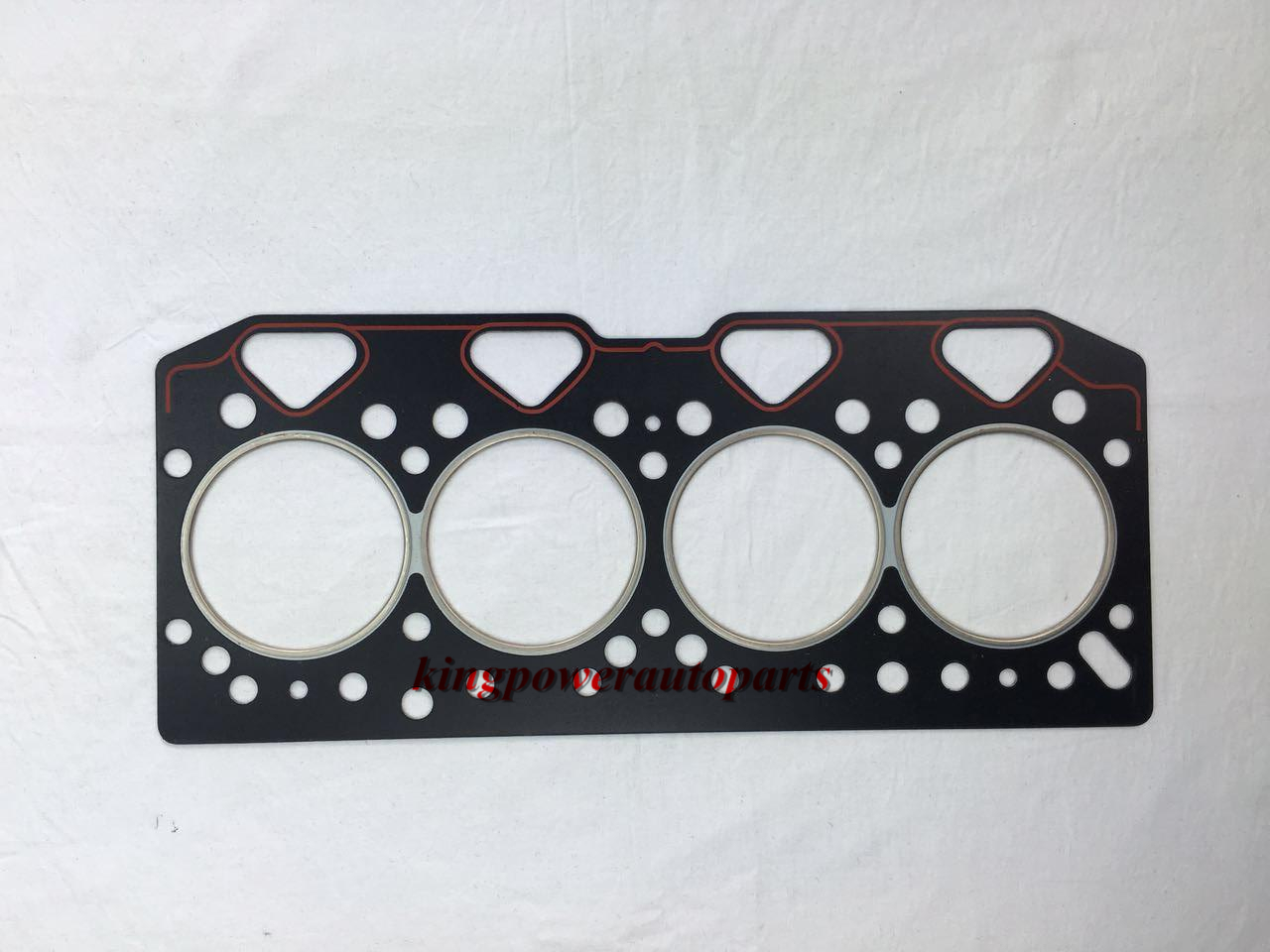
However, some things can cause your head gasket to fail prematurely. With normal usage, a head gasket should last for many miles and years. Though these materials are pretty strong, they will eventually fail after years of exposure to the heat and pressure associated with a running engine. Head gaskets are primarily made of one of three materials – copper, composite, or multi-layer steel. If you notice that your car is sluggish, then you might soon need a repair shop. If your head gasket loses its seal, then the compression in your cylinders can start to drop, and this lower compression will lead to a loss of engine performance. If you check your oil and notice milky oil on the dipstick, then you more than likely need a new head gasket. When this happens, your oil may become milky-colored and frothy. Your head gasket seals your cylinder heads to your engine block, so a break in this seal can allow the engine oil and coolant flowing through your engine to mix. This will eventually lead to engine overheating, and when your car overheats, you will experience even more problems. When the head gasket fails, it allows coolant to escape from the engines’ passages, and that coolant can leak onto the engine and even onto the ground as the car runs. Similarly, if you see coolant leaking on your car’s engine, it might be due to head gasket problems. If you notice drops of coolant on the ground under your car, this could be from a blown head gasket. As this air travels through the cooling system, these bubbles appear in the radiator or overflow tank. A blown head gasket no longer seals properly, so a head gasket leak can allow air to enter the system. Your car’s cooling system should never have air in it. If you notice your radiator or coolant overflow tank bubbling, this is almost always a surefire sign of a bad head gasket. Fouled spark plugs will cause engine misfires and other problems that will make your car run rough. These liquids contaminate the spark plugs, and this will cause them to foul out. Head gasket failure can allow oil and coolant into the chamber. Only air and fuel should be inside the combustion chamber. If your spark plugs are fouling, then the head gasket could be the culprit. When it burns, it produces white smoke that exits through the exhaust system. A blown head gasket no longer seals the engine oil and coolant passages in the engine block and cylinder heads, so the coolant can escape and enter the combustion chamber. This usually signals the fact that coolant is entering the combustion chamber of your engine and is burning. If you notice white smoke coming from your tailpipe, then you might have head gasket issues. However, there are several telltale signs of head gasket issues, and here are the most common symptoms of a blown head gasket. Just because your car is acting up does not mean that you have a blown head gasket. Is it possible to replace a head gasket by oneself? Symptoms Of A Blown Head Gasket.Can you still drive a car with a blown head gasket?.Why is a blown head gasket so expensive?.

Is it worth fixing a blown head gasket?.


 0 kommentar(er)
0 kommentar(er)
